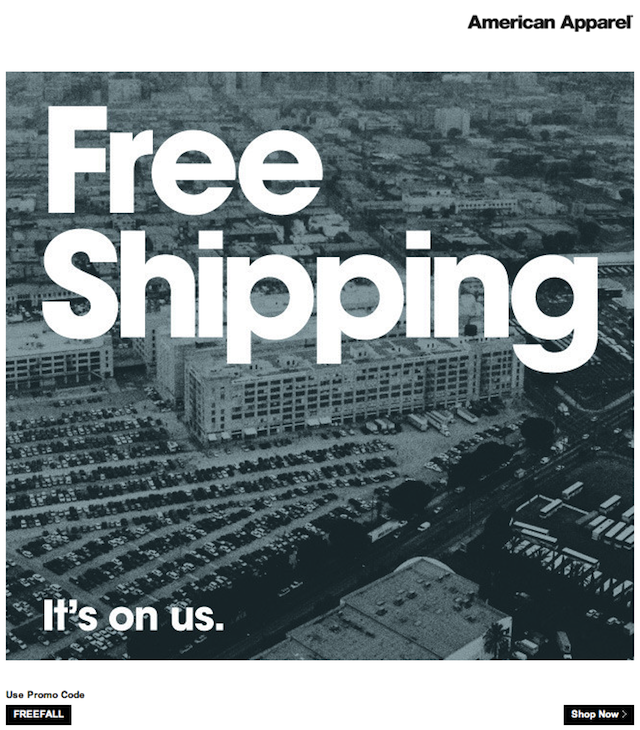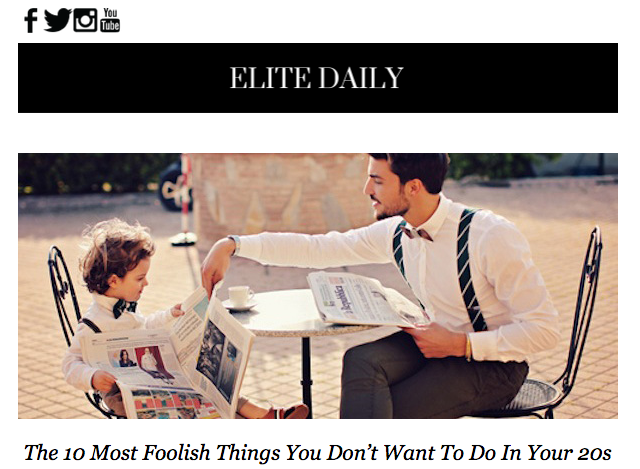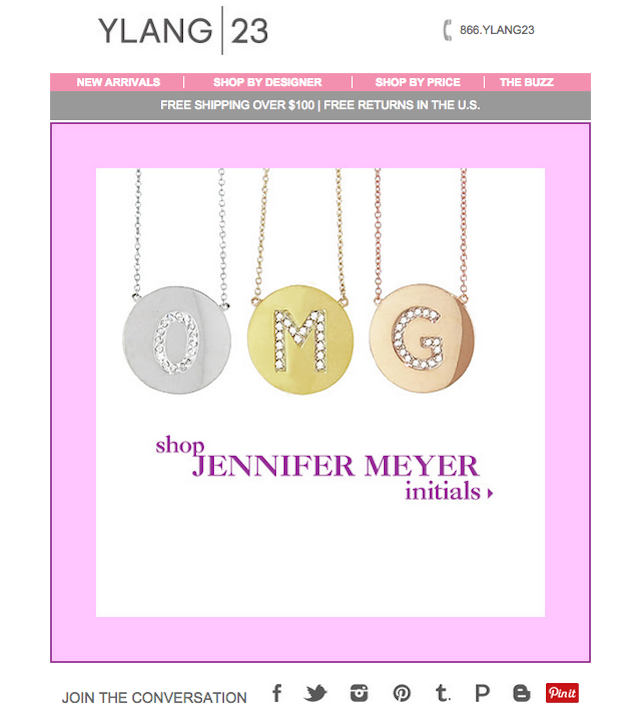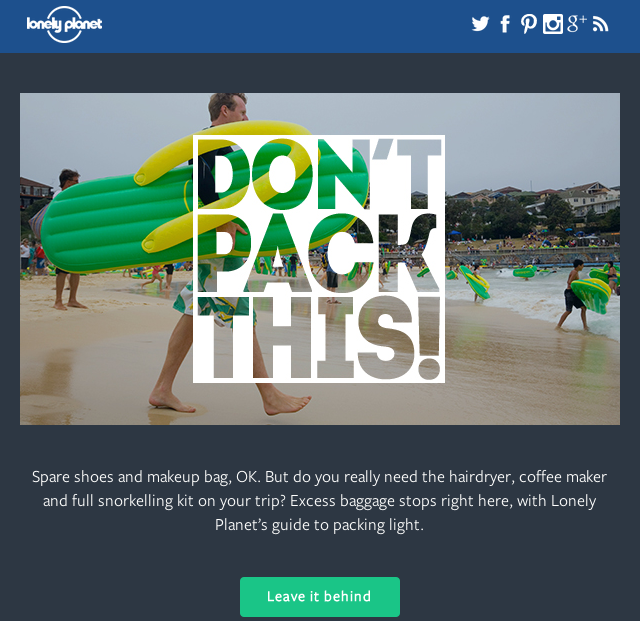 Anna Łowczowska
created
Anna Łowczowska
created
How to write a good email – tips for copywriters
Back to list of articlesClear and compelling copywriting is essential to the success of any effective email campaign. Don’t make the mistake of thinking that an attractive, visually appealing newsletter will be enough to engage your subscribers. Without clear and concise information regarding what is being offered or promoted, your message will not deliver the results you are looking for.
You have already put a lot of effort into the technical aspects of getting your message out to a large audience and then tracking its progress so don’t overlook the crucial importance of what your recipients will read when that message is opened.
Here’s a list of four basic rules that every copywriter should follow when creating newsletter content.

Get to the point
Good copywriting helps your recipients instantly understand what the message is about. Whether it’s a special sale or promotion, an explanation of a process or terms of an agreement, an invitation to an event or simply a call to take action your subscribers don’t want to spend any more time than is absolutely necessary to understand the purpose of your message.
Focusing on the benefits to the reader, and making those benefits clear, is the entire point of this kind of copywriting. After the first draft of your text, go through it word by word and ask yourself if each one is absolutely necessary. You’re not writing a novel here, you’re trying to get your message across to someone who very likely has their their finger on the ‘delete’ button as they’re reading what you’ve written. Don’t give them an excuse to press it!
As a dedicated email marketing professional, you understand the challenge of attracting and signing up subscribers, keeping them interested in your message and converting that interest into sales. A big part of that challenge is the often small window of time and attention that even your most loyal subscribers are willing to give you. Don’t test their patience by wasting time on irrelevant information or making them guess the intention of the message. If the first sentence of your newsletter doesn’t give some indication as to the direction of everything that follows, you need another first sentence.
Look at how all the details of the promotion are made perfectly clear in one sentence.

Newsletter: American Apparel
Use a familiar format
You may have noticed that lots of newsletters, media articles linked to Facebook feeds and blog entries - including the one you’re reading - have recently adopted similar formats. “5 Reasons Why…”, “Eight Things You Need to Know About…”, “Here’s a short list of people who…” and so on. There’s a good reason for this.
Not only does this kind of headline and the format that follows it promise to keep things short and direct, but it implies that it will only take a minute to read. After all, how long can it take to read “The Four Best New Marketing Tricks” or “3 Ways to Improve Your Bottom Line”? This kind of format is appealing because it promises a condensed version of a larger subject, boiled down to its essence. The risk of opening and reading it is lower because the time it demands is smaller, so why not take a look?
Another reason this format seems to be everywhere online is because of the sense of urgency it can create - “4 Things You Need to Know About the New iphone”, “5 Ways to Increase Sales With Facebook”, etc. When you see a headline like that, aren’t you at least curious about these things you “need to know” about your iphone? If you are running a business, aren’t you maybe a little worried that there’s a simple change you can make on your company’s Facebook page to increase sales? Maybe you should take a look - your competition probably will.
On top of all this is the fact that “5 Ways To…” newsletters are easy for readers to scan. Numbered lists and a bullet point format make it simple to jump to the next thing you “need to know” if the current one doesn’t grab your attention.
See, it’s everywhere…

Newsletter: Elite Daily
Take the right tone
The tone of your text should be friendly, warm and conversational. I know this sounds like an obvious point to make but it’s amazing how often it’s ignored. Persuading your subscribers to take action is made that much more difficult if you come across as cold, distant and, worst of all, boring. How can you expect to engage someone emotionally in your product if your text sounds like the legal language from a real estate contract? You don’t need anything too complicated or too formal. Better to remember an old piece of advice for anyone writing copy for the public - “No one will ever criticise you for being too easy to understand”.
On a related note, it’s interesting to see that the rules of grammar can be bent - well, broken, actually - quite a bit when it comes to contemporary copywriting trends. This is clearly the result of social media influences but the crossover into traditional communication has been quick and it continues to grow. Obviously, it’s not suitable for every product or every audience but a well-placed “OMG!” or ‘LOL!” just might send the right message about your company being current. #youknowwhatimean?
Everyone can do it.

Newsletter: Ylang 23
Good copywriting extends to your headline and email subject line
One last thing to bear in mind is that your copywriting efforts extend to the subject line of your newsletter that appears in the recipient’s inbox as well as the headline you give the newsletter itself.
You can read more about inbox subject lines but for now it’s enough to remind you that before a recipient can read the text in the message, they have to choose to open it in the first place. It doesn’t matter how good your copywriting in your message is if your subject line isn’t interesting enough to make anyone. In fact, many would argue that the text you will use in your subject line is at least as important as what’s in the actual body of the message.
Whatever you use in the subject line, make sure that you follow up on it in the main text. That is, if you mention a sale or special event.
![]()

Newsletter: Lonely Planet

